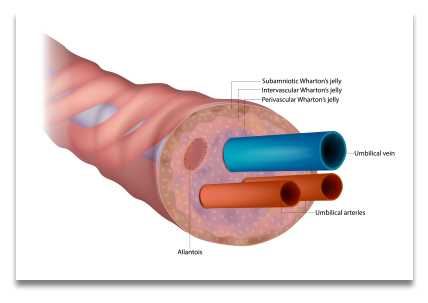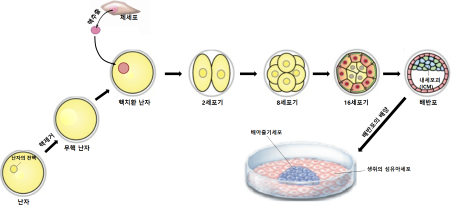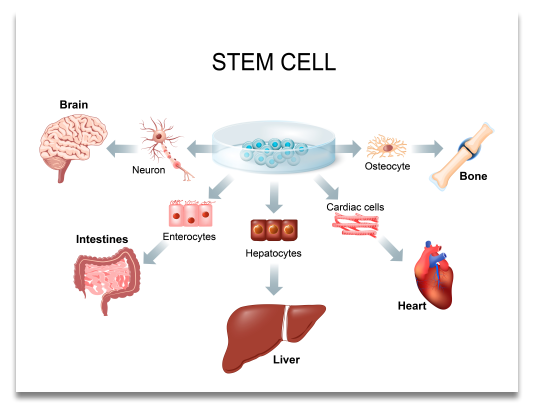04 Wharton Jelly Stem Cells
페이지 정보

본문

Panacell Biotech focuses on research on Wharton jelly stem cells, among mesenchymal stem cells (MSCs). Mesenchymal stem cells (MSCs) have excellent safety in that they do not mutate into cancer, but have the disadvantage of being less effective than embryonic stem cells or pluripotent stem cells. However, Wharton Jelly mesenchymal stem cells (MSCs) are not inferior in efficacy. This is because it is the only stem cell that shows safety.
Panacell Biotech's Cell Research Institute has strengths in stem cell extraction and culture, and cell banking. From this perspective, the existence of Wharton Jelly stem cells, which contain more stem cells than umbilical cord blood, which contains superior stem cells than bone marrow, is a groundbreaking medical discovery in itself, and furthermore, stem cell therapy using them is currently the most cutting-edge and cutting-edge. It can be said to be a fundamental treatment.
It is currently in the preclinical stage through animal testing.
4-1. What are Wharton’s Jelly and WJ-MSC?
Wharton's Jelly refers to the jelly-like substance found in the umbilical cord and fills the space between the umbilical cord's epithelial cell layer and blood vessels.
Wharton's Jelly contains a large amount of mesenchymal stem cells (MSC), which are called WJ-MSC. WJ-MSCs are a type of adult stem cell and are attracting attention in areas such as regenerative medicine, tissue engineering, and immunomodulation.
4-2. What advantages does WJ-MSC have?
WJ-MSCs are easy to obtain because they can be obtained from umbilical cords, which are medical waste, avoid the ethical considerations that come with embryonic stem cells, and have a high proliferation rate, making it easy to obtain the amount of cells needed for treatment. In addition, WJ-MSCs express little Mhc I and do not express HLA-DR, so allotransplantation due to low immunity is possible (Arutyunyan et al., Stem Cells Int. 2016;2016:6901286. doi: 10.1155/2016/6901286 . Epub 2016 Aug 29.). In addition to these points, it can differentiate into a variety of cells, does not cause teratoma (a type of cancer), and expresses POUF1, NANOG, SOX2, and LIN28, genes highly expressed in embryonic stem cells, at low levels.

4-3. What role can WJ-MSC perform?
First, referring to the field of regenerative medicine, WJ-MSC can differentiate into various cells such as bone, cartilage, and muscle, so they can be used to treat diseases such as Alzheimer's, Parkinson's disease, stroke, amyotrophic lateral sclerosis (ALS), and motor neuron disease (MND). It may be effective in treating degenerative diseases such as neurological disease, kidney damage, liver disease, obstructive pulmonary disease, brain injury, orthopedic disease, degenerative disc disease, and idiopathic pulmonary fibrosis.
In the field of tissue engineering, WJ-MSCs can be useful as they can produce new tissues that can replace damaged tissues.
Lastly, WJ-MSC promotes the proliferation of regulatory T cells (Treg), secretes substances such as IDO, PGE2, and sHLA-G5 to suppress the immunity of B cells, T cells, and NK cells, and monocytes become dendritic cells. It can be used to treat autoimmune diseases by performing an immunomodulatory effect by inhibiting differentiation into .
4-4. Is WJ-MSC different from other adult stem cells?
Among recent studies, several cases have been reported comparing WJ-MSCs with other adult stem cells. First, to treat already advanced pulmonary fibrosis, adipose-derived stem cells, ADSC and WJ-MSC, were injected, and a study showed that only WJ-MSC significantly recovered pulmonary fibrosis (Chu et al., Int. J. Mol. Sci. 2023, 24, 6948). Second, when BM-MSC and WJ-MSC, bone marrow-derived stem cells, were injected into diabetic patients at risk of limb amputation due to distal ischemia, limb amputation was avoided in both cases, but treatment with WJ-MSC resulted in better ischemia. There have been reports of improvement (Arango‑Rodriguez et al. Stem Cell Research & Therapy (2023) 14:221).
Lastly, although other adult stem cells have shown little therapeutic effect, research has shown that WJ-MSC significantly restored sensory and motor nerves when injected into patients with complete spinal cord injury (SCI) (Jamali et al., Am J Case Rep, 2023;24:e938576). Based on the above results, it can be said that WJ-MSCs have therapeutic effects that other adult stem cells cannot show.

- PrevWhat are mesenchymal stem cells (MSC) 24.04.16
- NextNK (Natural Killer) Cells and Immunity 24.04.16
댓글목록
등록된 댓글이 없습니다.






 +82-2-532-2856
+82-2-532-2856 info@panacellbio.com
info@panacellbio.com 521, Teheran-ro, Gangnam-gu, Seoul, Republic of Korea
521, Teheran-ro, Gangnam-gu, Seoul, Republic of Korea